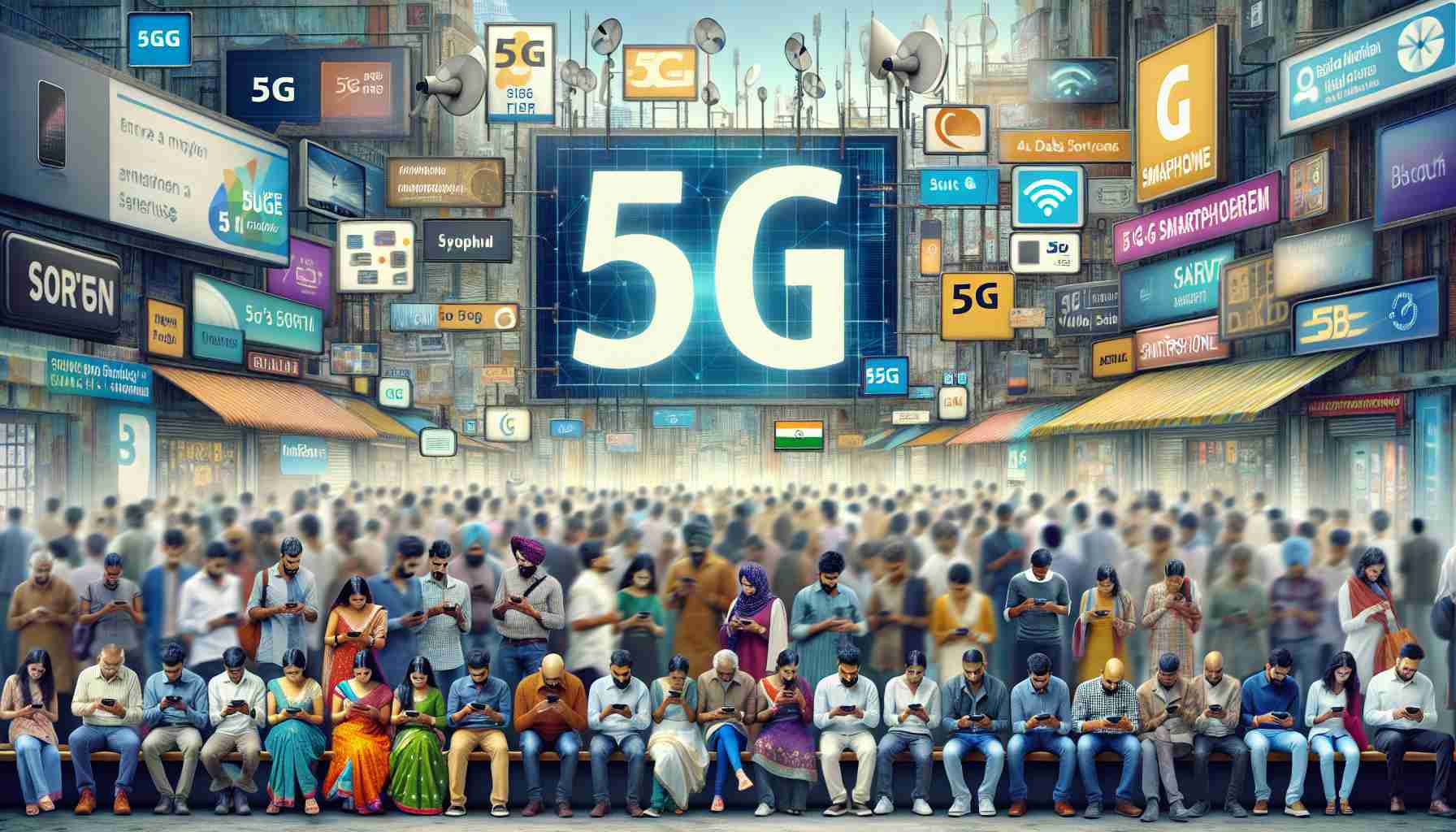In a remarkable shift within the Indian tech arena, the first half of 2024 has seen an elevation in the smartphone industry. The affinity for cutting-edge technology has manifested in a year-over-year growth of 11.5%, boosting the shipment of smartphones to 34 million units, out of which, a substantial 23 million were equipped with 5G capabilities. This represents a robust 69% dominance of the newly introduced 5G technology over the previous year’s market.
Despite the growing interest in high-end technology, the average price of smartphones persisted at approximately $263. A diverse play across price segments revealed that cost-conscious consumers veered away from the very low-end, while there was a remarkable surge in the demand for budget-friendly options. Notably, the $100 to $200 range witnessed a 22% leap, indicating value-based preferences among the Indian masses.
The luxury segments of smartphones, however, told a varied tale, with the mid-range premium smartphones, priced between $400 to $600 suffering a steep 46% plunge in market share. Apple, though experiencing a slight dip, retained its crown in the highly competitive $600 to $800 premium sector. On the other end of the spectrum, the super-premium category, with devices priced above $800, soared by an impressive 44%, cementing Apple and Samsung’s status as key purveyors of flagship models in India.
Parallel to the hardware trends, online sales mechanisms flourished, showcasing a 16% hike in smartphone purchases through e-commerce platforms. This trend signals a shift towards more digital and convenient consumer behaviors.
The industry’s adaptation to the rapid embrace of 5G technology is visible as more regions get network upgrades, further fueling the sector’s growth. Despite the challenges of tight competition and complex regulatory frameworks, the future shows promise with the Indian consumer’s increasing predilection for innovation and connectivity.
Important Questions:
1. What factors are driving the surge in 5G adoption in the Indian smartphone market?
2. How is the competitive landscape affecting different segments of the market?
3. What are the challenges to sustaining the growth of 5G smartphones in India?
4. How are online sales platforms influencing the smartphone market dynamics?
Answers:
1. The surge in 5G adoption is driven by the rollout of 5G infrastructure in India, affordable 5G-enabled smartphones from various manufacturers, aggressive marketing by telecom operators, and a consumer appetite for high-speed internet and advanced smartphone features.
2. The competitive landscape shows a bifurcation, where premium segment leaders like Apple and Samsung dominate the high-end, while other manufacturers fiercely compete in the mid-range and budget categories, each trying to offer the best value at reasonable prices.
3. Challenges to sustaining growth include the need for widespread and affordable 5G network coverage, the high cost of 5G devices relative to income levels in India, and the need for more 5G-intensive applications and services that justify the switch from 4G.
4. Online sales platforms are making smartphones more accessible to the consumer, allowing for competitive pricing, wider reach, and convenience, which are crucial factors driving the growth of the smartphone market in India.
Key Challenges or Controversies:
– One challenge is the digital divide between urban and rural areas, where the penetration of high-speed internet and the latest technologies is uneven.
– The cost of 5G smartphones, although decreasing, is still prohibitive for a significant section of the Indian population.
– Network readiness is another issue as telecom operators must ensure consistent and reliable 5G services across the country to match the rising number of 5G smartphones.
Advantages and Disadvantages:
Advantages:
– Enhanced internet speeds and connectivity, leading to better user experiences.
– Elevation of various industries through 5G technology, which can improve healthcare, education, and entertainment services.
– Encouragement of technological innovation and supply chain development within India.
Disadvantages:
– Higher device costs could potentially exacerbate the economic divide between different social strata.
– Increasing e-waste is a concern with frequent upgrading to new technologies.
– Potential health controversies surrounding 5G technology, although unproven, could affect public perception.
Feel free to visit the websites of the leading smartphone manufacturers and telecom operators in India, which are usually up to date with the latest information on 5G adoption:
– Apple
– Samsung
– Xiaomi
Additionally, keep an eye on e-commerce platforms like:
– Amazon India
– Flipkart
These platforms play a significant role in sales and the distribution of smartphones in India.
The source of the article is from the blog enp.gr
